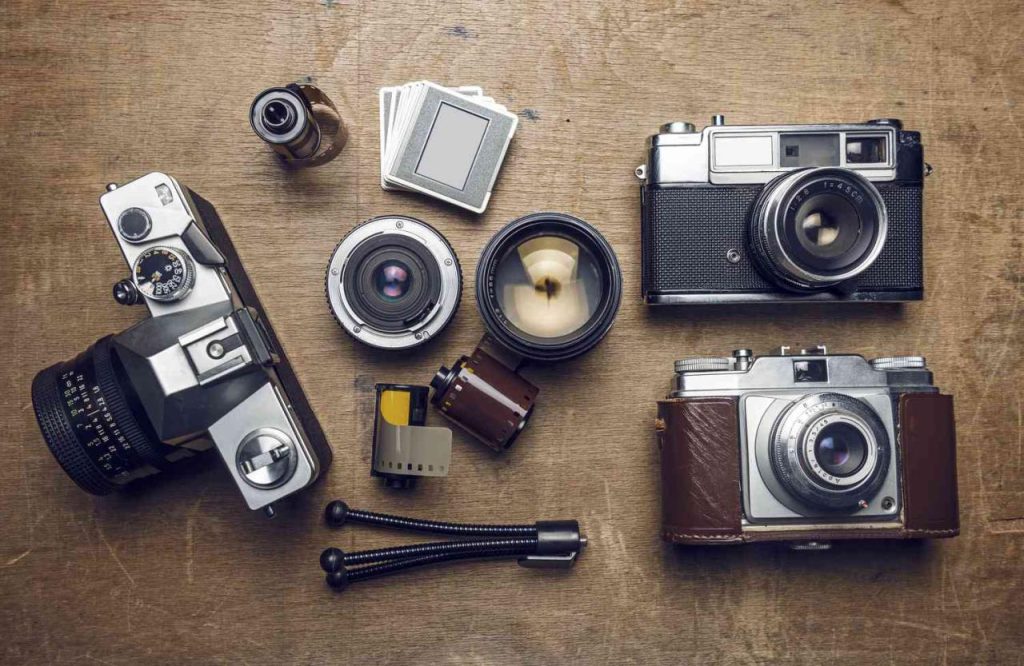
Unveiling Innovation: The World of Digital Cameras
In the dynamic world of photography, digital cameras stand as testaments to relentless innovation, marrying cutting-edge technology with artistic expression. From humble beginnings to the forefront of visual storytelling, these devices have revolutionized how we capture moments and immortalize memories.
The Digital Revolution:
The advent of digital cameras marked a seismic shift in the photography landscape. The transition from film to digital sensors unleashed a wave of possibilities, offering instant feedback, flexibility in image editing, and the ability to capture an almost limitless number of photographs.
Evolution of Sensor Technology:
The evolution of image sensors, from CCD to CMOS, has redefined image quality, sensitivity, and low-light performance. Higher megapixel counts and improved dynamic range provide photographers with greater detail and flexibility in post-processing.
Optics and Precision Engineering:
The fusion of optics and precision engineering in lenses has contributed significantly to image quality. From wide-angle to telephoto lenses, advancements in glass elements, coatings, and autofocus mechanisms have elevated the clarity, sharpness, and versatility of digital imaging.
Innovative Features and Functions:
The integration of innovative features has expanded the creative capabilities of digital cameras. High-speed continuous shooting, customizable settings, intuitive touchscreens, and advanced autofocus systems empower photographers to capture fleeting moments with precision.
Connectivity and Sharing:
Connectivity has become integral to modern digital cameras. Wi-Fi, Bluetooth, and NFC capabilities enable seamless sharing, remote control, and instant transfer of images to mobile devices, facilitating a streamlined workflow for photographers on the go.
Rise of Mirrorless and Hybrid Cameras:
The emergence of mirrorless and hybrid cameras has disrupted traditional photography. Compact bodies, electronic viewfinders, and silent shooting capabilities redefine portability and versatility, appealing to both enthusiasts and professionals.
AI and Computational Photography:
Artificial intelligence and computational photography are at the forefront of innovation. Features like scene recognition, automated settings optimization, and image enhancement algorithms leverage machine learning to elevate the photographic experience.
The Future Outlook:
Looking ahead, the future of digital cameras promises further advancements. Technologies like 8K video, enhanced low-light performance, and advancements in image stabilization hint at a future where cameras push the boundaries of creative expression.
Conclusion:
In conclusion, the world of digital cameras is a realm of innovation and limitless possibilities. These devices serve as tools for visual storytelling, capturing moments, and preserving memories with unparalleled clarity and depth.
As technology continues to evolve, digital cameras will continue to evolve, blurring the lines between imagination and reality, empowering photographers to explore new horizons and redefine the art of visual expression.